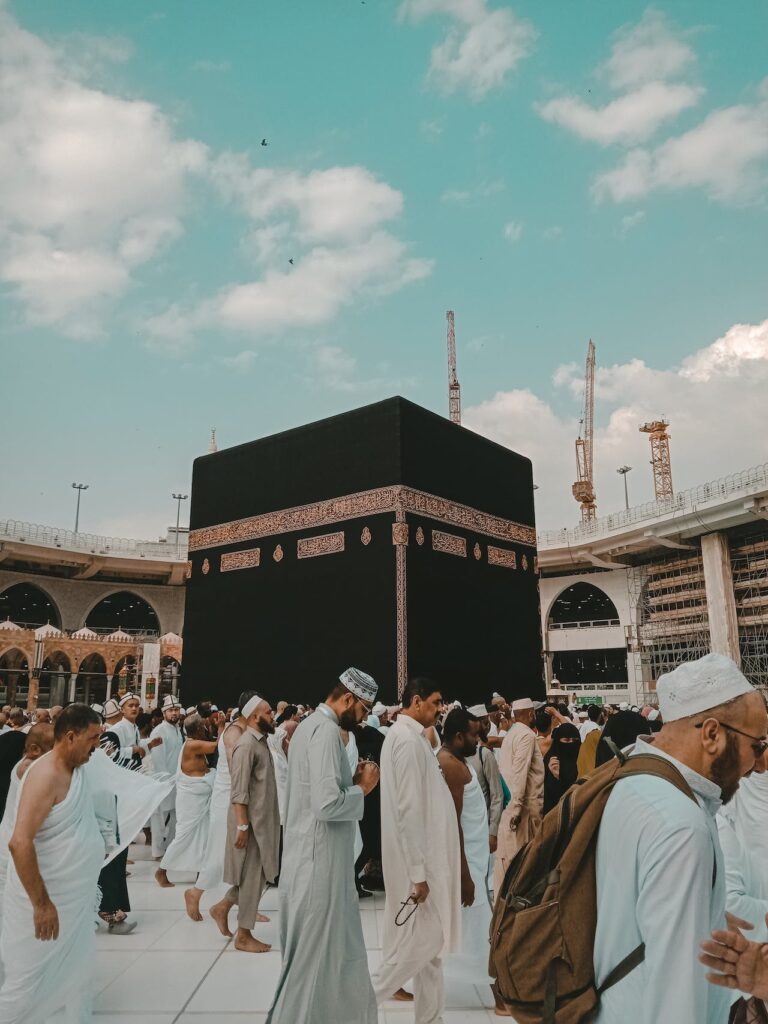Performing the rituals of Hajj or Umrah is a deeply significant and spiritual experience for Muslims worldwide. Among the key rituals are Tawaf and Sa’i, which involve circumambulating the Kaaba and walking between the hills of Safa and Marwa. While these rituals require physical exertion, it is natural for pilgrims to wonder whether they can take breaks or rest between Tawaf and Sa’i. In this article, we will explore the guidelines and opinions regarding resting during this transitional period, shedding light on the practices and beliefs surrounding this particular aspect of Hajj and Umrah.
Understanding Tawaf and Sa’i
Tawaf refers to the act of circumambulating the Kaaba, the holy structure located at the center of Masjid al-Haram in Mecca. Muslims perform Tawaf by walking around the Kaaba in a counterclockwise direction, beginning and ending at the Black Stone. Sa’i, on the other hand, involves walking back and forth between the hills of Safa and Marwa, retracing the steps of Hajar, the wife of Prophet Ibrahim (pbuh). These rituals are integral to Hajj and Umrah, symbolizing devotion, unity, and submission to Allah.
Can You Rest Between Tawaf and Sa’i?
Islamic scholars have varied opinions regarding resting between Tawaf and Sa’i. Some scholars believe that it is permissible to take a break during this transition, as long as the rest is reasonable and does not extend to unnecessary delays. They argue that resting can help rejuvenate the pilgrim’s physical strength, allowing them to perform Sa’i with greater focus and devotion.
On the other hand, another group of scholars holds the view that it is preferable not to rest between Tawaf and Sa’i. Their argument stems from the fact that the Prophet Muhammad (pbuh) did not rest during this period, setting an example for his followers. They emphasize the importance of maintaining the continuity of the rituals, as it symbolizes the unwavering commitment to complete the rites in the prescribed manner.
Summary: It is preferable to perform consecutive Tawaf and Sa’y. But it’s okay to take a short break to rest and recuperate.
Practical Considerations and Customary Practices
In practice, many pilgrims choose to rest between Tawaf and Sa’i, especially if they find themselves physically exhausted or unable to continue immediately. The open spaces near the Kaaba and the designated areas between Tawaf and Sa’i provide suitable spots for rest. However, it is crucial to maintain the sanctity of the area and not engage in any activities that may detract from the spiritual atmosphere.
It is important to note that while resting between Tawaf and Sa’i is allowed by some scholars, it is not obligatory. Pilgrims who prefer to proceed without taking a break can do so, following the example of the Prophet Muhammad (pbuh). The ultimate goal is to complete the rituals with sincerity, humility, and devotion.
Read more about the Fatwa: Can Tawaf and Sa`i Be Interrupted?
The Physical Demands of Tawaf and Sa’i
Tawaf and Sa’i require physical endurance, as pilgrims walk for a considerable distance during these rites. The circumambulation around the Kaaba covers approximately 3.8 kilometers, while Sa’i, including the return, adds another 3.2 kilometers. Considering these distances, it is understandable that pilgrims may feel fatigued during the transition from Tawaf to Sa’i.
Conclusion
In conclusion, The question of whether one can rest between Tawaf and Sa’i is a matter of differing opinions among Islamic scholars. While some scholars permit resting during this transitional period, others prefer to maintain the continuity of the rituals. Ultimately, the decision lies with the individual pilgrim, considering their physical condition and personal circumstances. Regardless of the choice made, what matters most is the sincere intention and devotion with which the rituals of Tawaf and Sa’i are performed, as these acts symbolize the unity and submission of the pilgrim to Allah during Hajj and Umrah.






